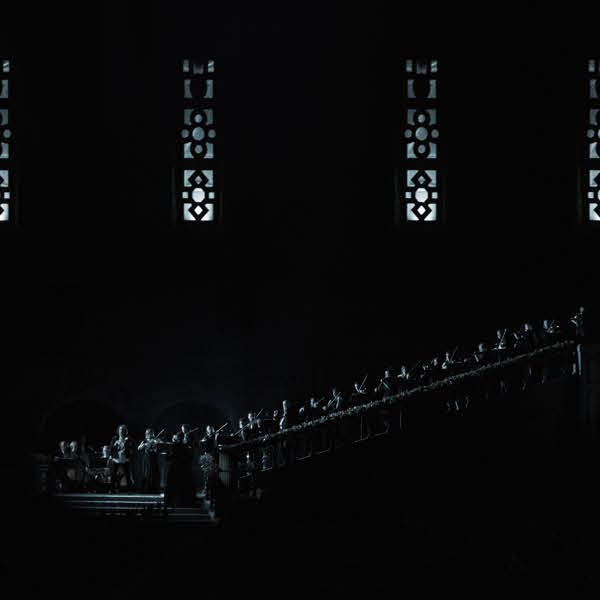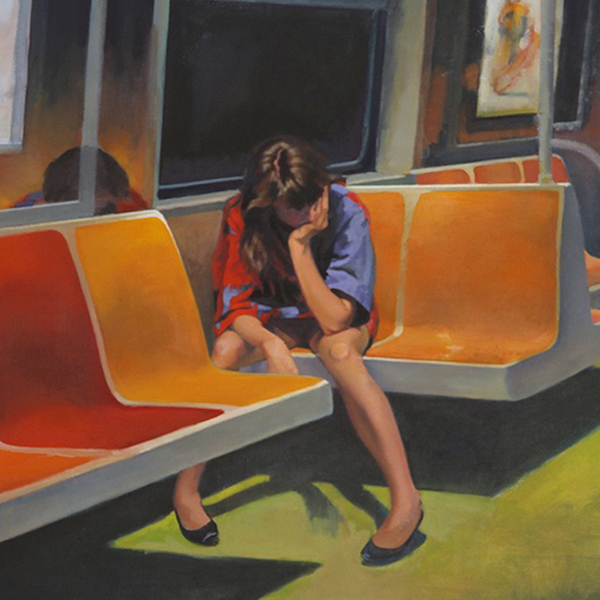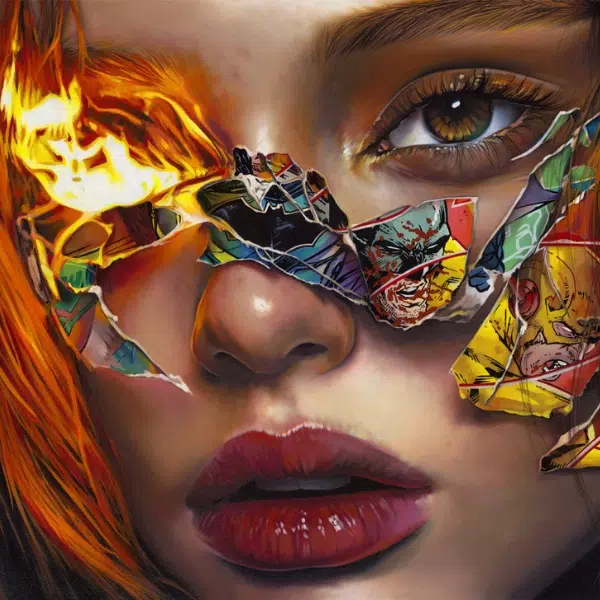
“Falling Into Winter”
Photographer Adrian Klein captures the beauty of the natural world through thoughtful shots of the Pacific Northwest and beyond. A serious outdoor enthusiast, he traverses landscapes for hours in order to craft perfect compositions. When he’s done shooting, the results are striking portraits showcasing colorful florals and fascinating textures that are sometimes overlooked by the average passerby.
Klein’s love of nature began when he was young. As a kid, he had fun exploring the woods and creek just beyond his house. It wasn’t until he was an adult, however, that he picked up a digital camera and was able to distill his passion for the outdoors into images ranging from vast mountainscapes to cropped shots of candy-colored rocks.
While shooting compelling photographs is his focus, Klein also wants to let other creative folks know about the best places to snap pictures. Over the course of two years, he, along with the group Photo Cascadia, compiled an ebook detailing some of the most prized shooting locales in the Western United States.
We asked Klein about his favorite places to take pictures as well as his overall photographic process in an enlightening conversation. Scroll down to read My Modern Met’s exclusive interview.
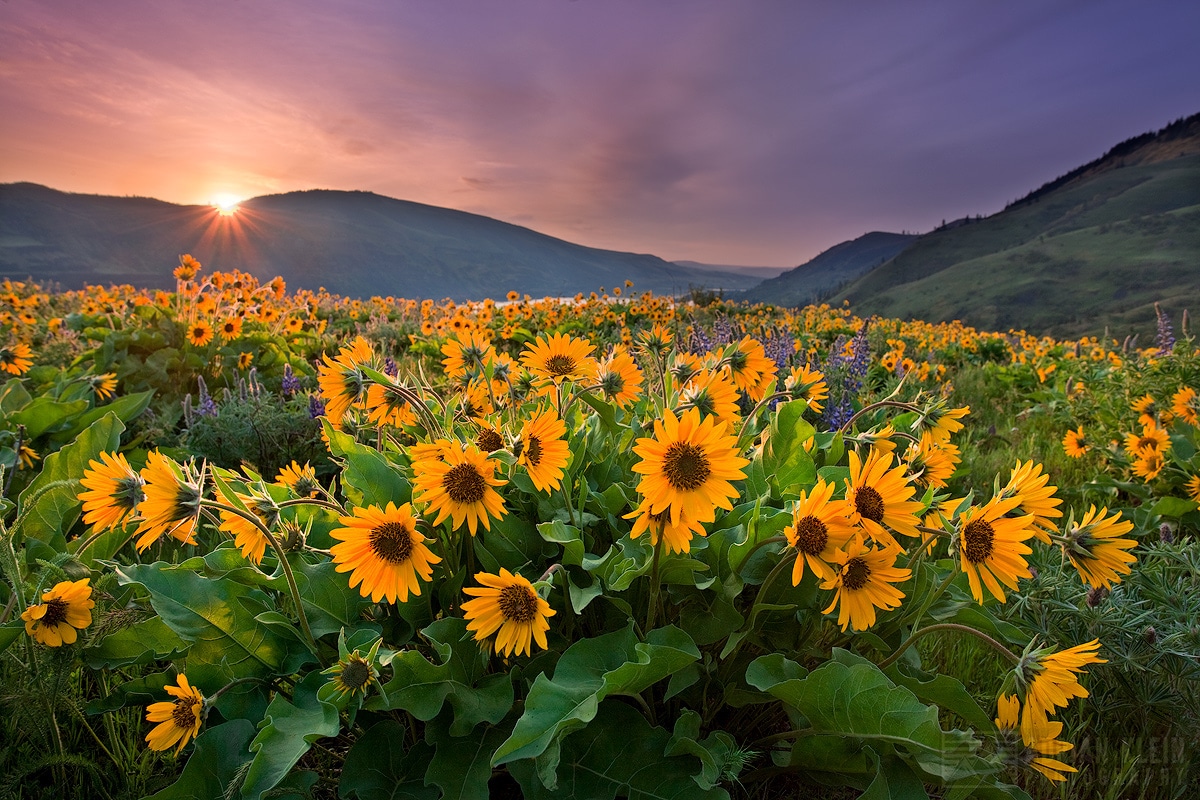
“Bursting With Life”
Where does your love of photography come from?
It comes from my love of being outdoors, starting when I was a young kid. I grew up on a property that had a hilled forest area and a creek running through it where I could easily go play outside for hours and not get bored. From catching crawdads with nothing more than a stick, string, and fishing bait to simply exploring the messy muddy creek when it was low enough for a kid to navigate. As I became a teenager, we moved from this lush tucked away outdoor “playground” to the suburbs. While my teen years did include some camping and outdoor experiences, I had less interest during that period.
Once I was in my 20s, I was rekindled to the outdoors with more hiking, backpacking, and camping. I would do all of this even without a camera in hand. However, I appreciate having a camera to help capture the scenes I come across from grand landscapes to small scenes, which I have been doing for over 15 years now. Getting into photography coincided with the start of digital photography, and digital cameras are all that I have owned since we have been able to spend hundreds of dollars on a camera that was only a couple of fuzzy megapixels.
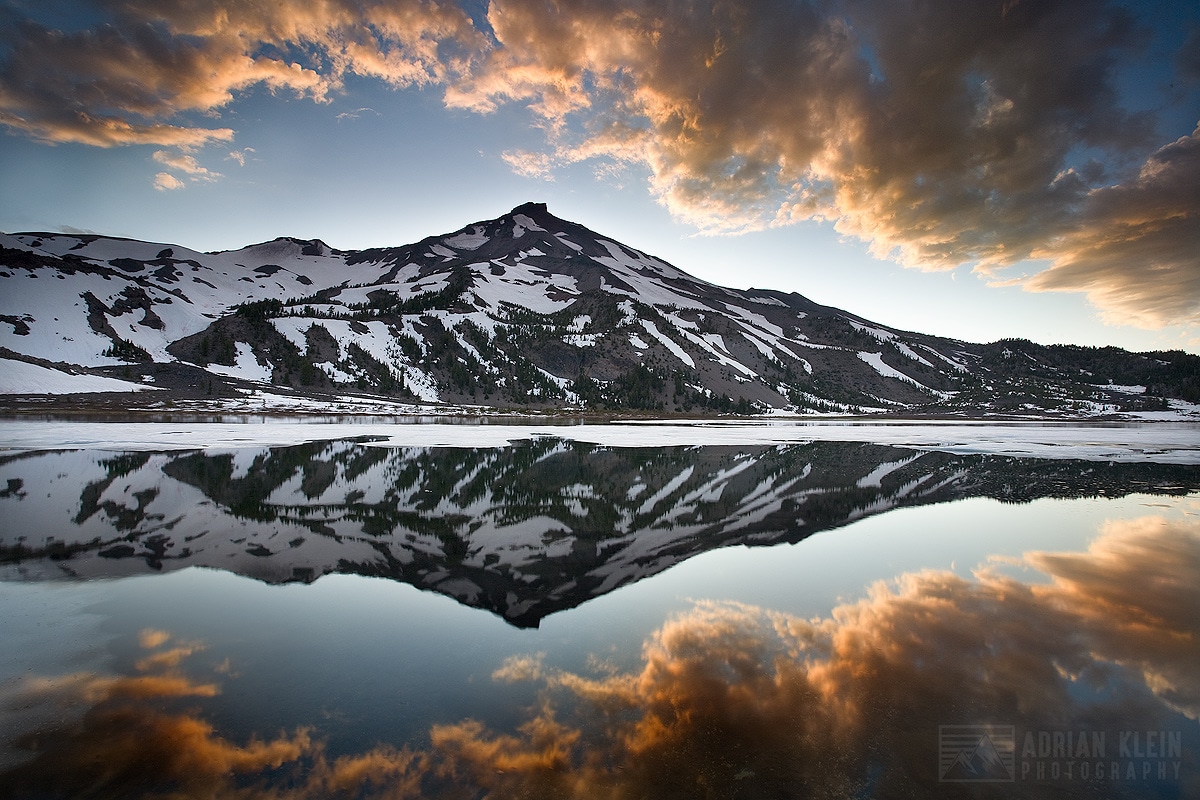
“Nature’s Framing”
How long does it take to compose your landscape photos?
That is an interesting question. My work can vary greatly from walking over an area for hours in order to find something that I feel works well. While in other cases, it might literally be something I almost stumble on because it’s right there in front of me—whether I see it while driving 70 mph down the highway or out hiking in the wilderness. Probably the best way to illustrate this would be to provide a couple of contrasting examples.

“Shine On”
Shine On — This photo was captured along a highway in Montana. I was driving with my family as the fog was lifting from the forest around us. I have to admit, I was doing everything I could to stay focused on the road because I was seeing compelling scenes all around me—yet the fog was lifting fast and I could see down the highway clear blue sky was not far away. I found a safe turn off where the forest looked promising. It was a race to get my gear set up and capture this scene which amounted to less than a few minutes from driving at highway speed to start to capture this scene. Not more than a few minutes after I took the first photo the fog was completely lifted above these hoar frosted trees and much brighter light completely changed the scene.
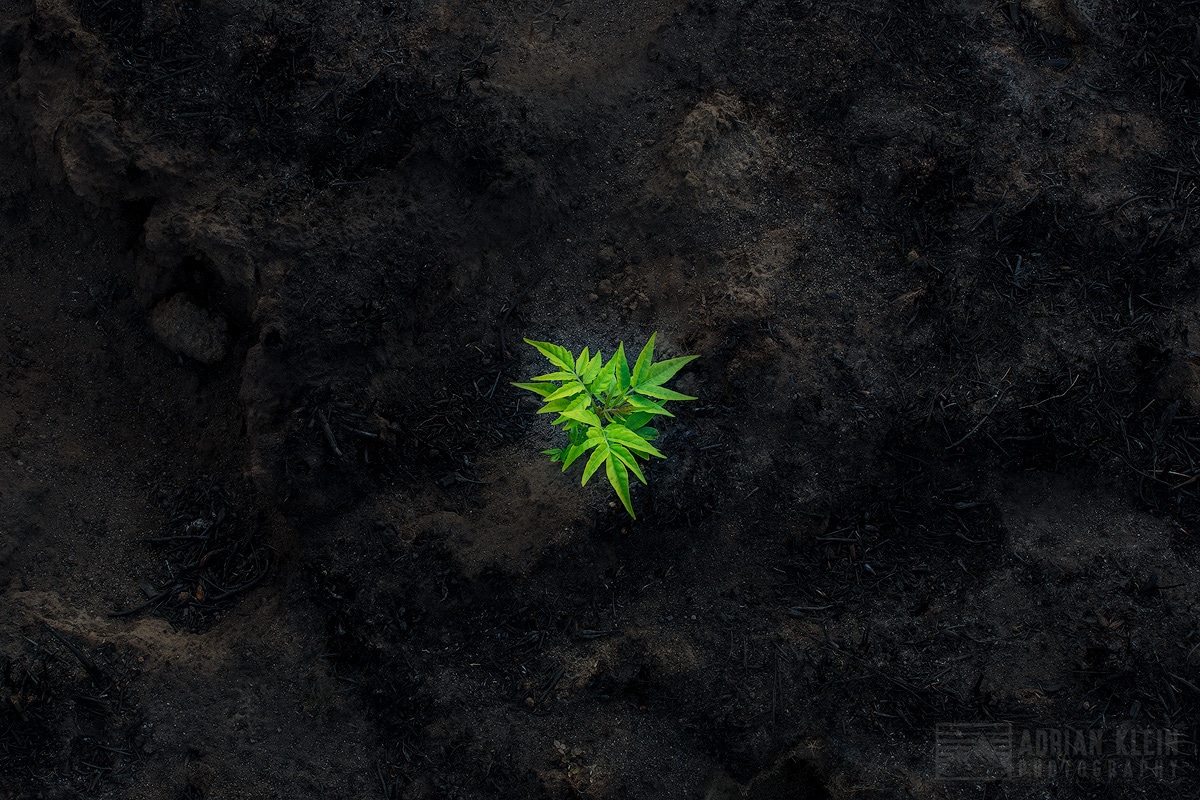
“Beauty From the Ashes”
Beauty From The Ashes — This is a much different example. I was able to take my time wandering a trail where the area had burned down only a few months prior because of an unfortunate wildfire. Nothing was moving or changing at any quick pace that would force me to change what I was doing. I carefully continued to look at the new life coming up around me to see if anything stood out. Once I found this plant sprouting up in a beautiful triangle shape, I was able to take my time setting up and getting the composition just right. No race to capture it before something would change the scene for me. My biggest challenge was getting creative to put this whole scene in the shade to keep the harsher midday sunlight away.
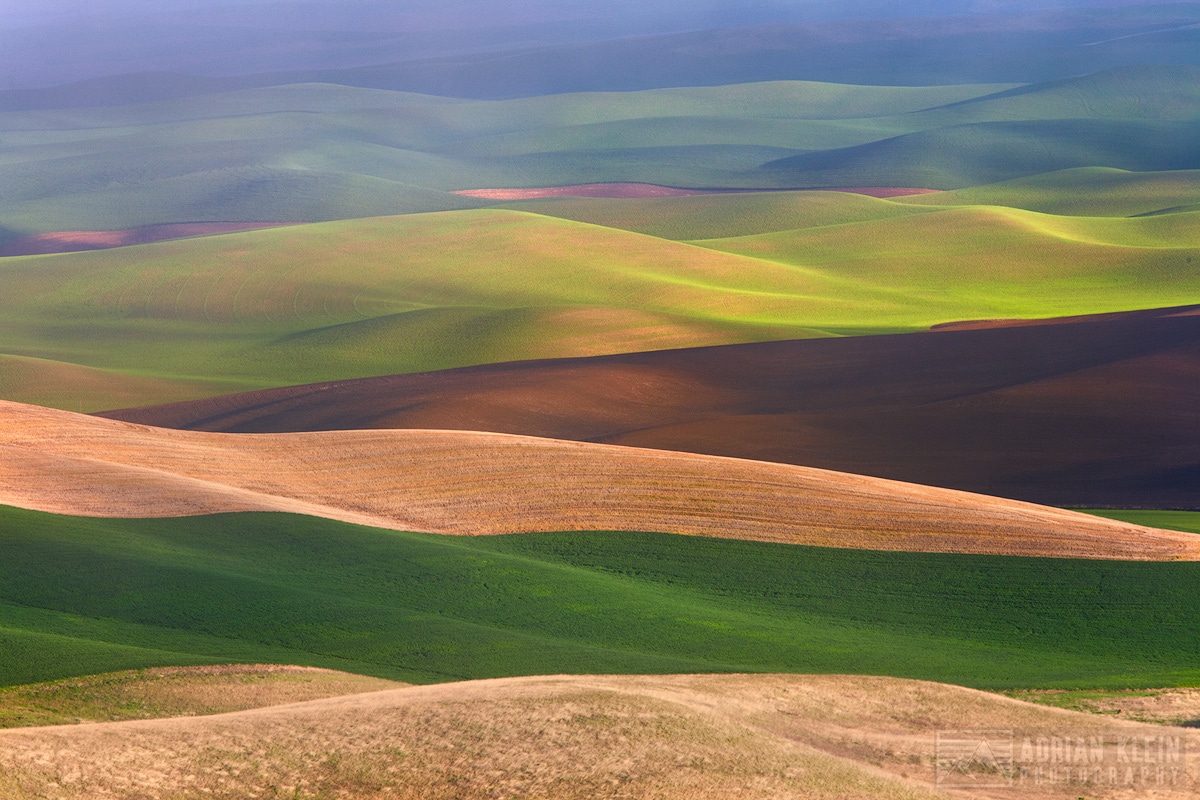
“Ground Rainbow”
Once you've taken a photo, do you do a lot of post-processing?
I would say over the years I have reduced my processing time quite a bit. Part of this is due to technology changing which has made things easier, and part of this is my decision to create work that doesn’t involve extensive and intense processing. Many years ago, it wasn’t uncommon to spend several hours on one photo. I cannot remember the last time I spent that much time processing one of my photos. The level of processing I do and how long it takes will certainly vary, yet on average I would say most of my work is not heavy on the processing side and takes me less than 20 minutes. It’s also common for me to process a photo and then come back to it the next day or later that week to see if I still like it the way it ended up or if there is something else I want to change before I share online.
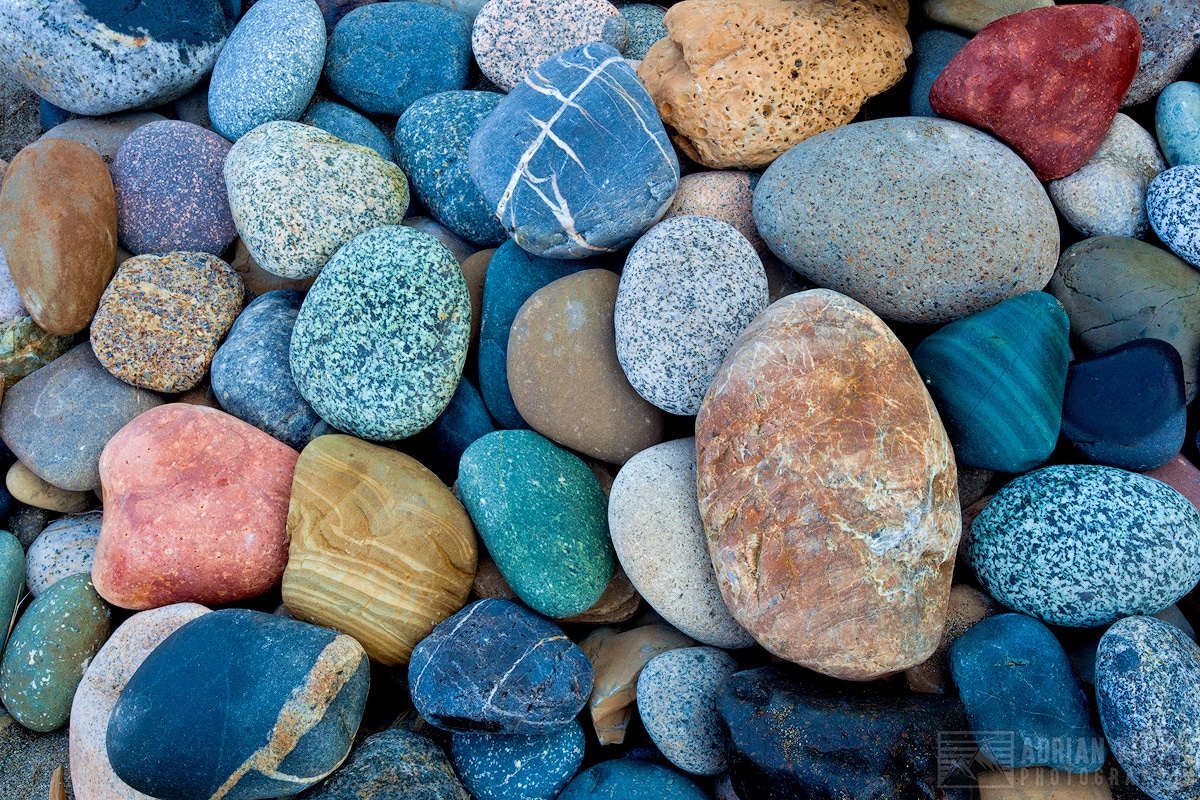
“Rock Candy”
What is your most favorite photo you've taken?
Picking one photo that is my favorite is near impossible. I have many favorites that each have their own special story or meaning to me. If I had to pick just one I would pick this one I call Morning Transitions taken on the South Shore of Kauai. The scene, with its many engaging elements that came together really well, is what I like about it. I have been fortunate to go to Kauai a number of times and this reminds me of the many great trips here starting with the first one where my wife and me were engaged. It also represents my family who has been a part of my photography journey. My kids are literally about 100 yards behind me. After I had my fun splashing around taking photos in the water at sunrise, I joined my wife and girls.
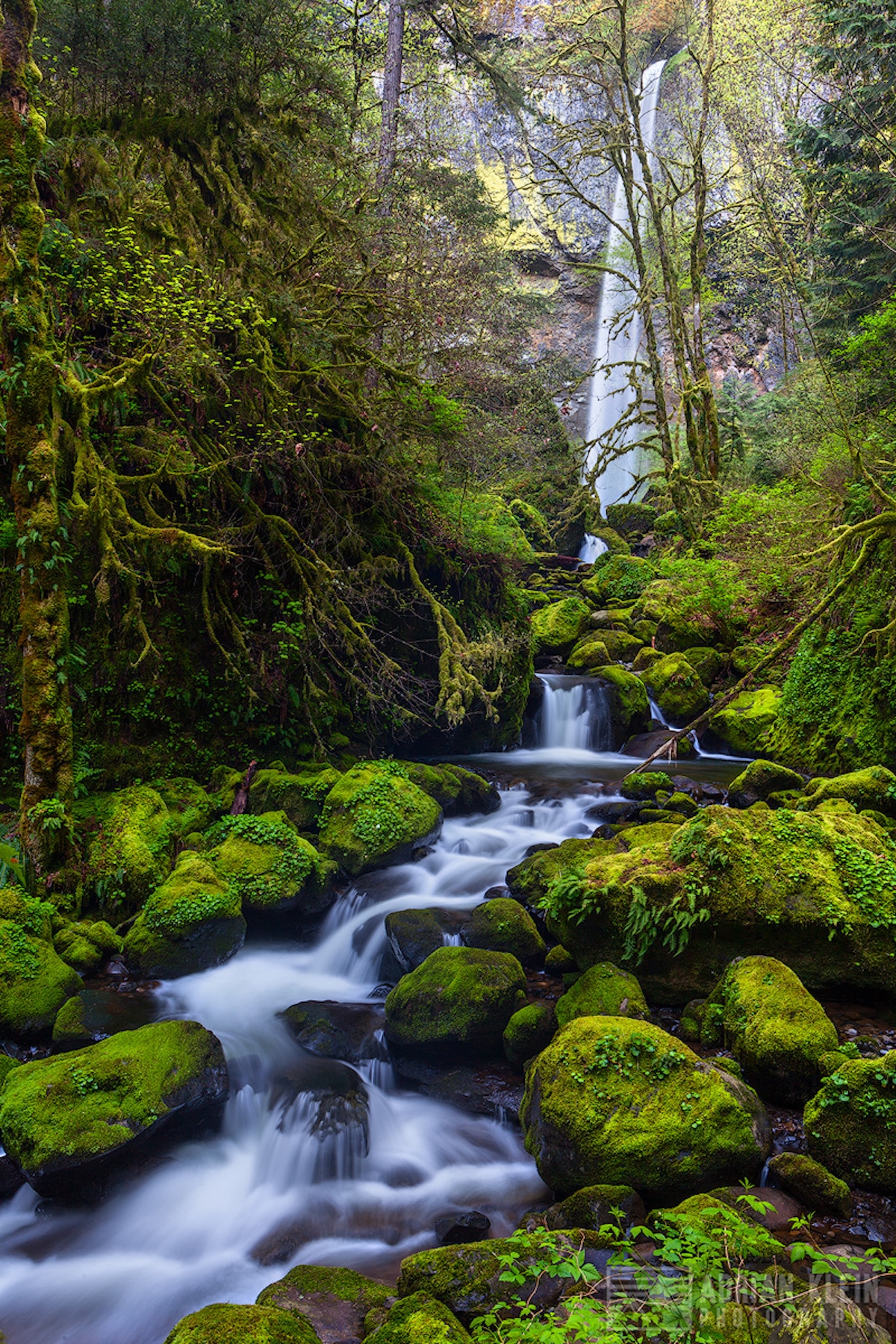
“Pure Elowah”
What makes photographing the Pacific Northwest so special?
For me, it’s the diverse landscape. Those that don’t live here or have spent a lot of time in the northwest may not realize how diverse it is. Our region is usually known for wet, cold, rainy winters and nice, sunny, comfortable summers. It’s much more than this—from the dense Hoh Rainforest in Washington where it averages about 140 inches of rain a year to southeast Oregon desert area where they get about nine inches of precipitation a year.
There is a huge range in landscape terrain and climate to keep any landscape photographer busy for a lifetime. Of course, we can’t forget the coast either, which has its own unique photogenic qualities. With our booming population, many have already figured why the PNW is special. There is a reason why many people want to come here. The area has changed with increased residents and tourists. I feel fortunate to have experienced the outdoors for decades before it gained the popularity it now has which has brought both challenges and opportunities to the region.
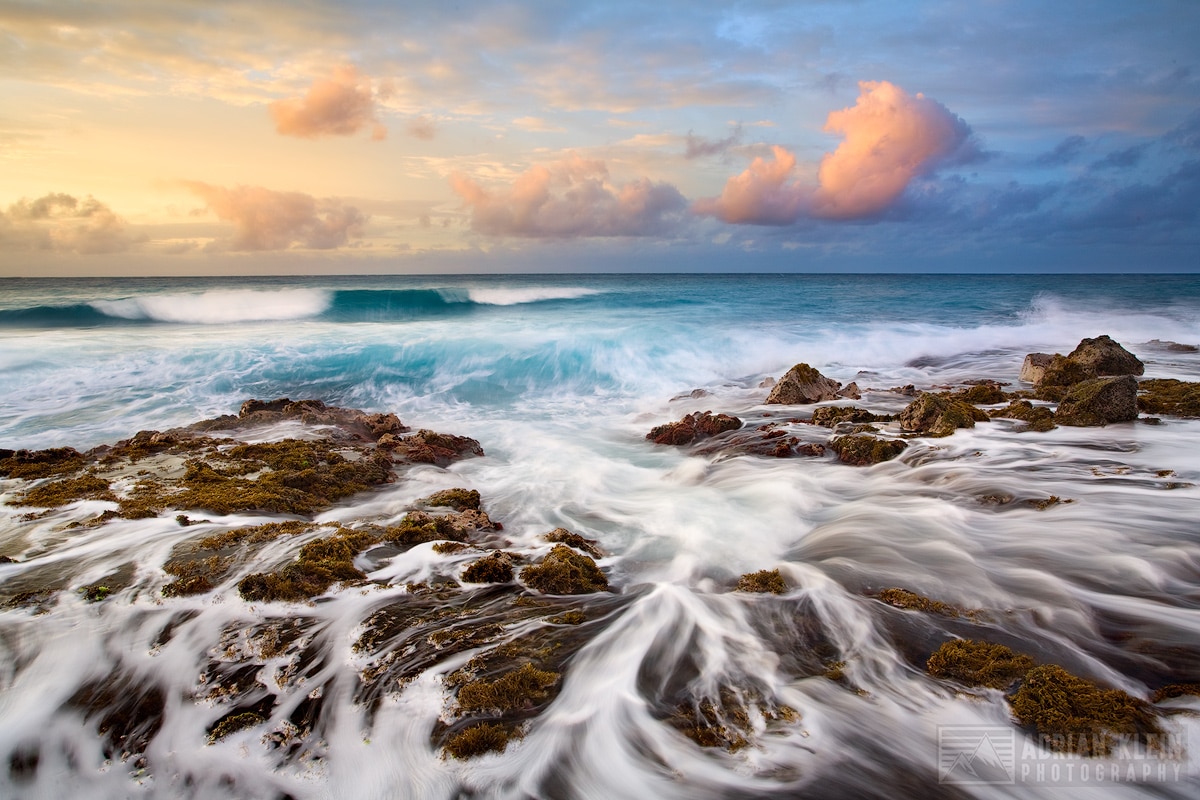
“Morning Transitions”
What do you hope people take away from your work?
I would hope when someone views my work that they find a way to connect with it. I can’t promise everyone can or will, since my goal is that it’s something that resonates with me first before it will make the cut for the outside world to see it. When I say I would like people to find connection or meaning in my work, I hope it’s something they can come up with their own interpretation of what that means for them. That is what I love about art in general; often we can view the same work and have different feelings or interpretations. For example, one of my photos I sold to someone that reminded them of what upstate New York feels like. Given the photo was taken in Grand Teton National Park, it shows that how we connect with art can vary greatly which is what I like about it.
You've helped develop an ebook that details the best places to photograph each season in the Western U.S. How long did it take you to develop this book and what are some of the most picturesque places mentioned?
The ebook was an engaging and collaborative process with the Photo Cascadia team I am part of. We had the idea over two years ago and it took just about all that time to complete it. No small task. While we are all good friends and work well together, an effort like this as a team of seven takes a while to get it across the finish line and to the quality we all wanted to see.
We have been hearing positive feedback since we launched it late last year. Some of my favorite areas to visit are the Central to the southeast part of Oregon. I believe I really like this area since it contrasts with the climate I live in. While this area is not that far of a drive (three to seven hours depending on location), there are picturesque scenes for pretty much everyone whether you are looking for mountains, forests, or desert scenes. Outside of this would be the Oregon coast. It's hard to pick a specific spot since you could spend months simply driving down the coast photographing and not get bored.

“Summer Haven”
You sell your work as fine art prints. What are some of the ways people can display your work in their homes?
When I was first starting out I sold mostly traditional loose or framed prints that were typically on the smaller side. These days I sell mostly on metal and canvas, and sometimes on acrylic while focusing on offering larger sizes. While I still offer traditional prints, most buyers are interested in metal at this time. That is my top-selling medium right now.
Which medium is your favorite for displaying your work?
In my own home, I have a combination of all types with canvas still taking the edge. For me what I like about these “newer” options is the ability for them to be ready to hang on their own straight from the lab or using the option of framing them to add a different look and feel to the final product. As far as the lifespan of any of these mediums, they can all last many decades if properly printed and displayed. My largest piece I have sold to date, excluding when my work was used for mural-sized wallpaper, was a four feet by six feet ready-to-hang canvas for an office. It came out great.
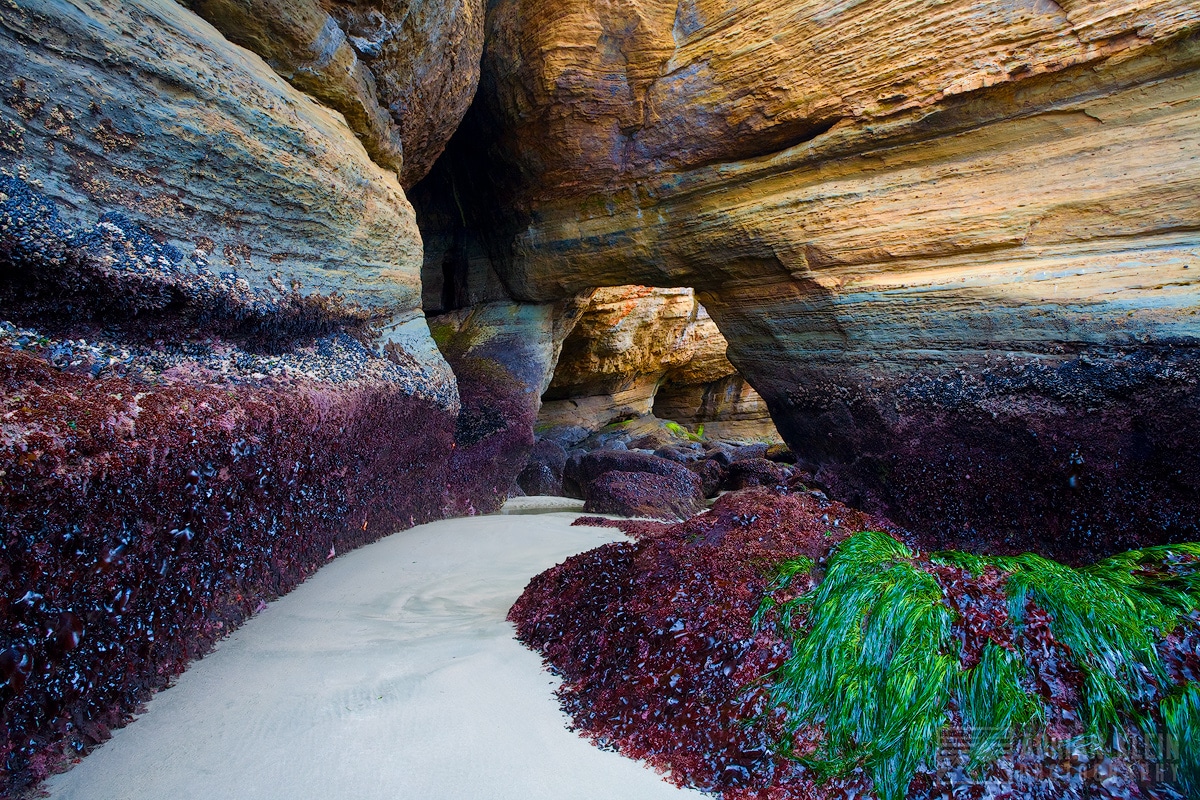
“Lost Passage”
What's on the horizon for you? Anything exciting you can tell us about?
Every year there is something new, whether it’s small or big. As far as this year goes, what I have on the horizon consists of more travel than usual and another group project. The Photo Cascadia team has another really neat project that I can’t mention much about now but can share more in a few months as we approach the fall 2020 launch of this active project.
As for travel right now, I have some time off from my day job (in technology) where I am planning to travel a little more than I normally get the chance. This includes getting up to Alaska where I am hoping to see and photograph the northern lights along with finding the simple and less obvious scenes along the way.

“The Underworld”











































































